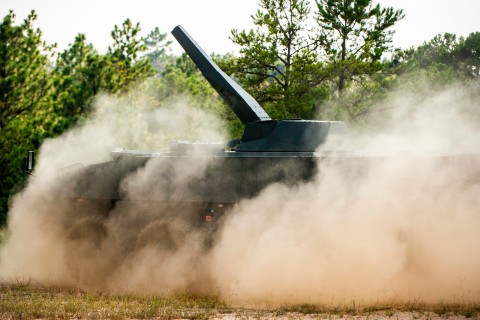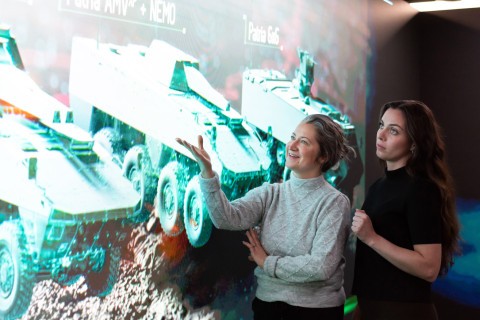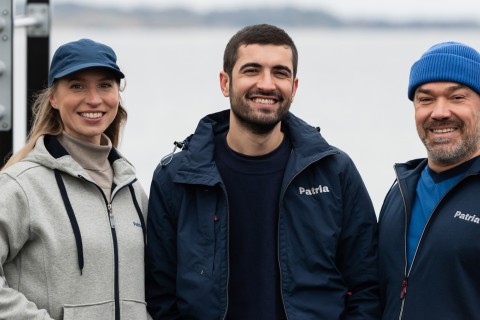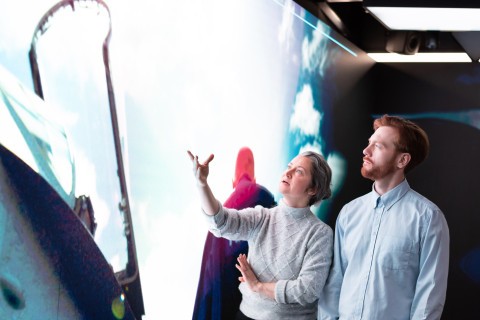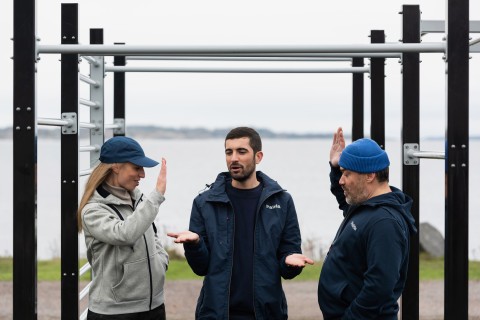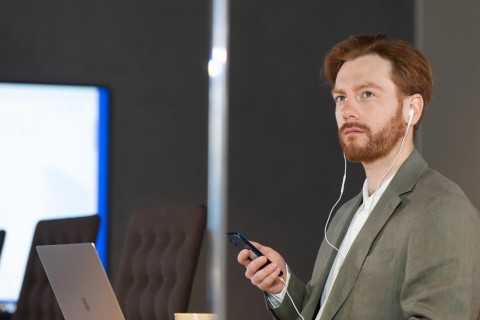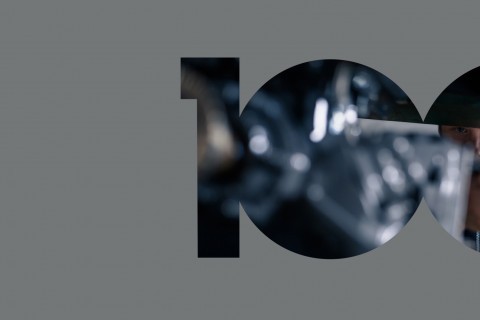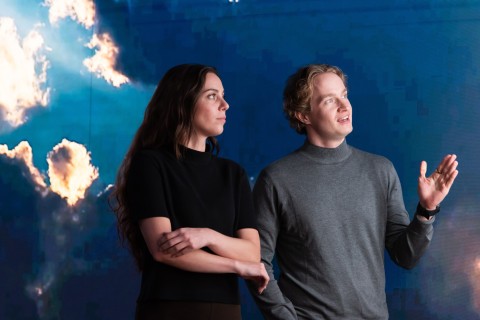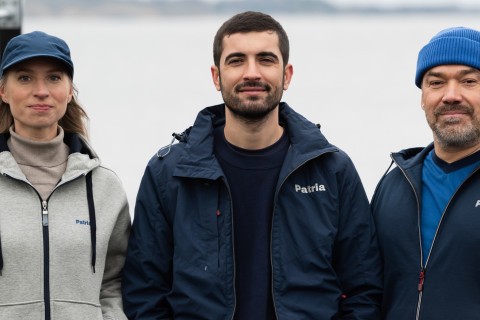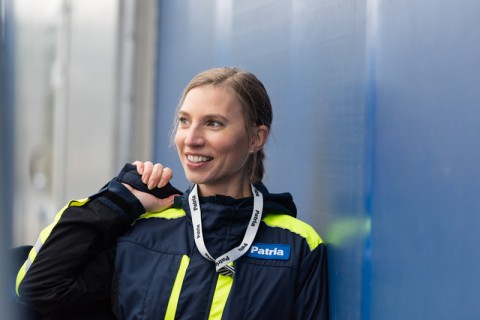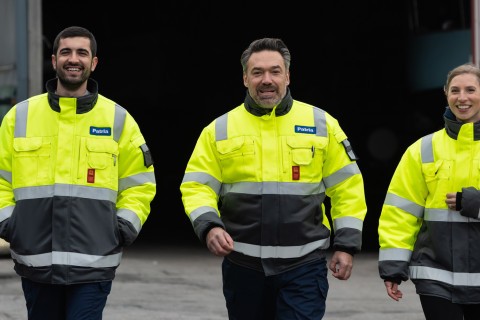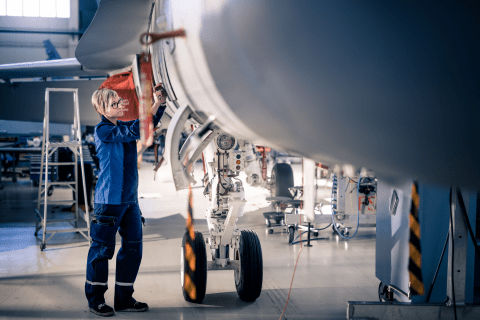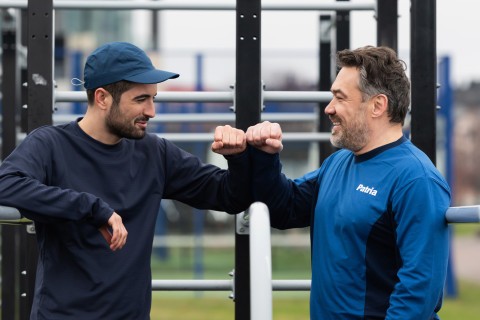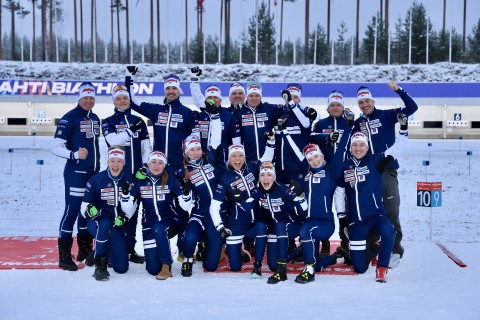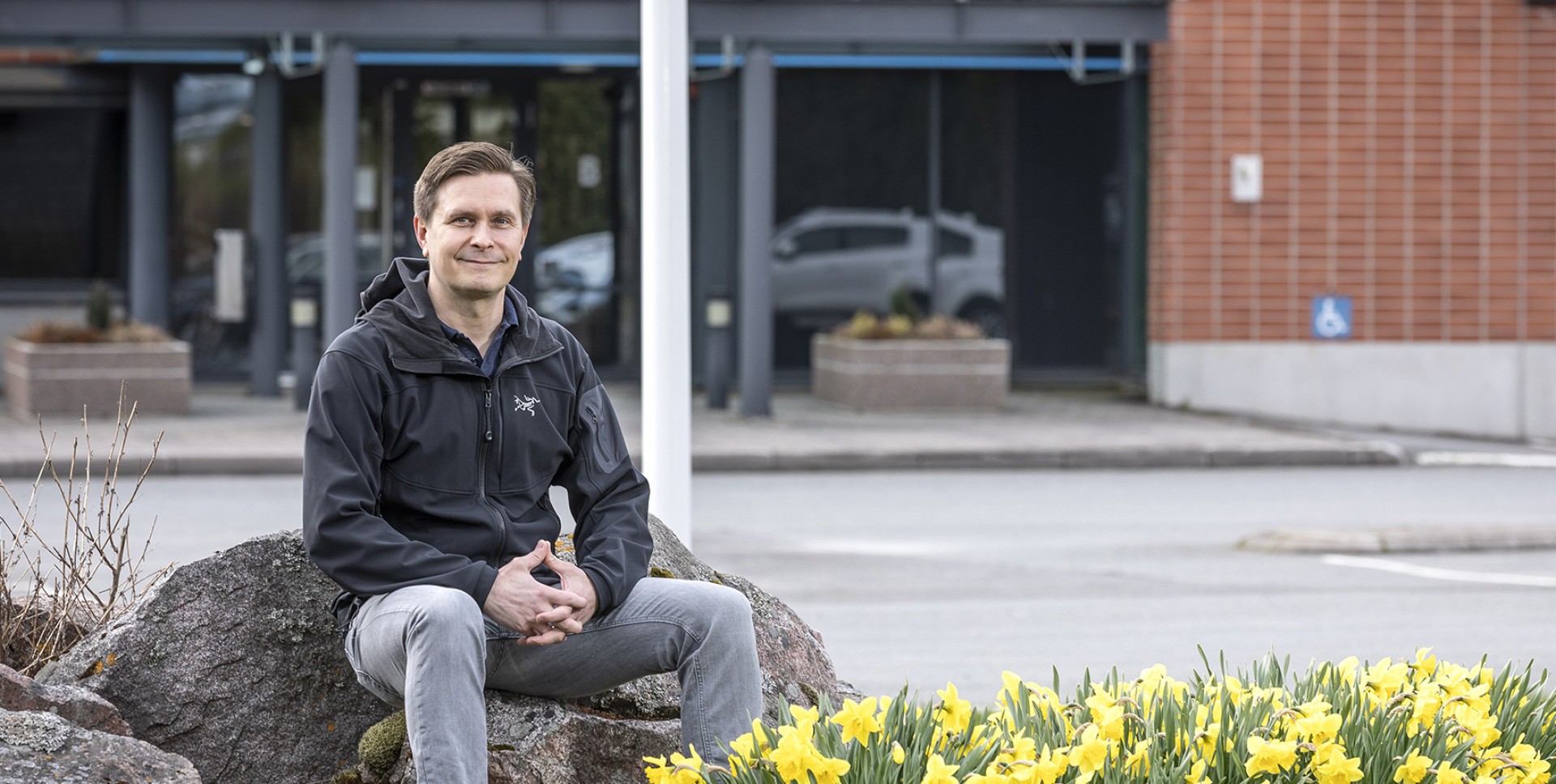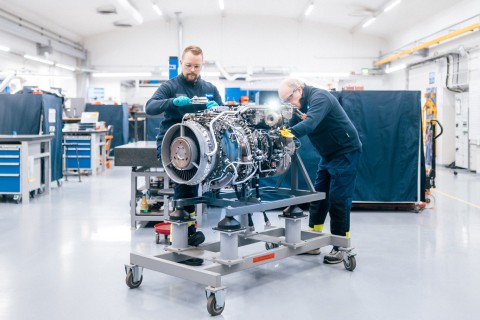
Matti Saarikko, who has had a long career in vehicle R&D at Patria, stresses the importance of taking customers’ evolving needs into account in all development work. He is currently working on a remotely controlled vehicle whose prototype is attracting plenty of attention all around the world.
After gaining his degree in automotive engineering, Matti Saarikko has been working in R&D in Patria's Land business unit since 2002. He started out as a System Engineer before becoming R&D Manager four years later.
Since then, he has worked in various managerial positions, first as a head of department and for the last six years as Technology Director.
“In my current position, my main task is to envision the direction in which our industry is evolving, what these changes will mean for Patria, and how we should take them into consideration in our own operations.”
The technology director’s work also involves R&D-related collaboration and seeking suitable partners for each project. In addition to its Finnish partners, Patria also engages in a great deal of international cooperation through, for example, development projects funded by the EU Defence Fund.
Remotely controlled vehicle attracts attention
“The best thing about my job is being able to see the results of work that can sometimes be extremely challenging,” says Saarikko.
One recent development project that comes to mind is the new Patria 6x6 wheeled vehicle, which was developed to a really tight schedule. The result is a vehicle that meets the highest standards in terms of reliability and terrain mobility.
One recent development project is the new Patria 6x6 wheeled vehicle.
“Product development continues even after a product has been launched. The product family’s features and services will be continually improved in line with customer needs.”
One of the current priorities in Patria’s vehicle R&D is an embedded drive-by-wire steering system that enables remote control and autonomous functions. A cutting-edge user interface equipped with haptic feedback has also been developed to enable the effective remote operation of vehicles even in demanding terrain conditions.
Saarikko says that Patria is a global pioneer in the development of unmanned military vehicles. This has been reflected in the high level of interest shown in the prototype and the good feedback received from demonstrations given to potential users.
“The prototype is, however, still a long way from being a finished product. Development work requires perseverance, but patience will be rewarded in the end.”
Industry developments closely monitored
Saarikko says that the most challenging phase of any R&D project is always the beginning. Projects often seek to meet a particular customer requirement, but a workable plan must be drawn up before the right solution can be found.
“It’s always advisable to spend plenty of time carefully considering the basic concept, as it’s much easier to start implementing an R&D project on the basis of a solid plan.”
Saarikko says that R&D requires an open mind, a willingness to listen to others, and a variety of ideas, thoughts and views. There’s no room for a rigid mindset, as there will usually be several alternative solutions to choose from.
“When working with our international customers, we also have to take different cultural thought processes into account and remember that customers’ needs may vary.”
Saarikko monitors rapidly developing technology and evolving customer needs as extensively as possible, looking for faint signals of changes in the market.
“When working with our international customers, we also have to take different cultural thought processes into account and remember that customers’ needs may vary.”
He gives an example: rapid advancements in drones designed for military use, which at some point may even replace land vehicles in reconnaissance missions.
“We have to stay alert and keep a close eye on where things are heading, so that we’ll be poised to meet demand when a concrete need emerges.”
Meet the people of Patria

Meet the people of Patria
Every day is different and I can work independently – that’s why I like my job at Patria
Elmo Nenonen, Purchasing Specialist, Operations
Read more about Elmo
Meet the people of Patria

Meet the people of Patria
Carmelo believes that again, learning about and understanding other ways of working will be a key success factor for Patria.
Carmelo Giudice, Operations Manager
Read Carmelo's story
Meet the people of Patria

Meet the people of Patria
Joonas Vesterlund feels that Patria offers challenges and opportunities as long as you ask for them.
Joonas Vesterlund, Key Account Manager, Market Area Nordics, Global Division
Read more about Joonas
